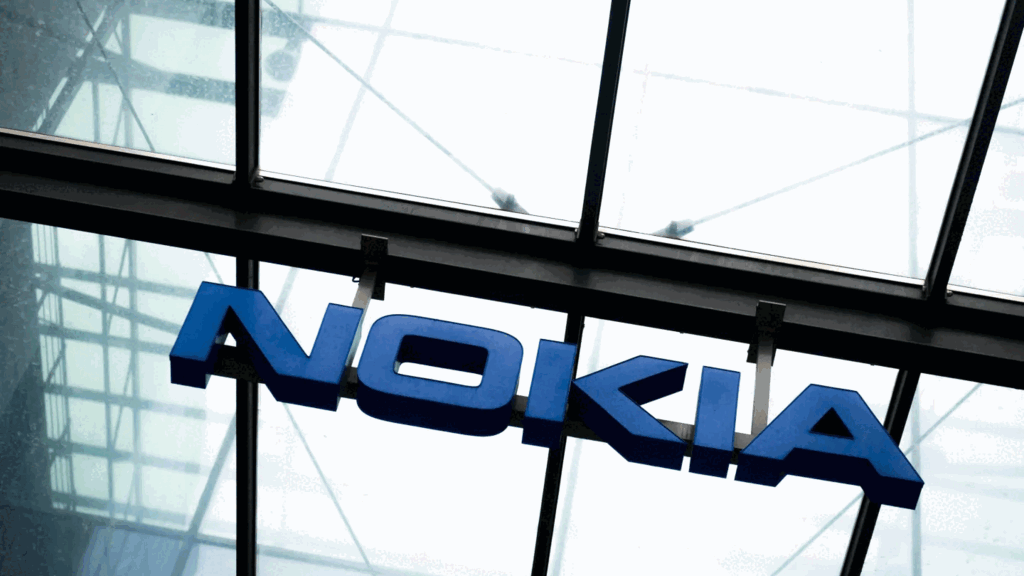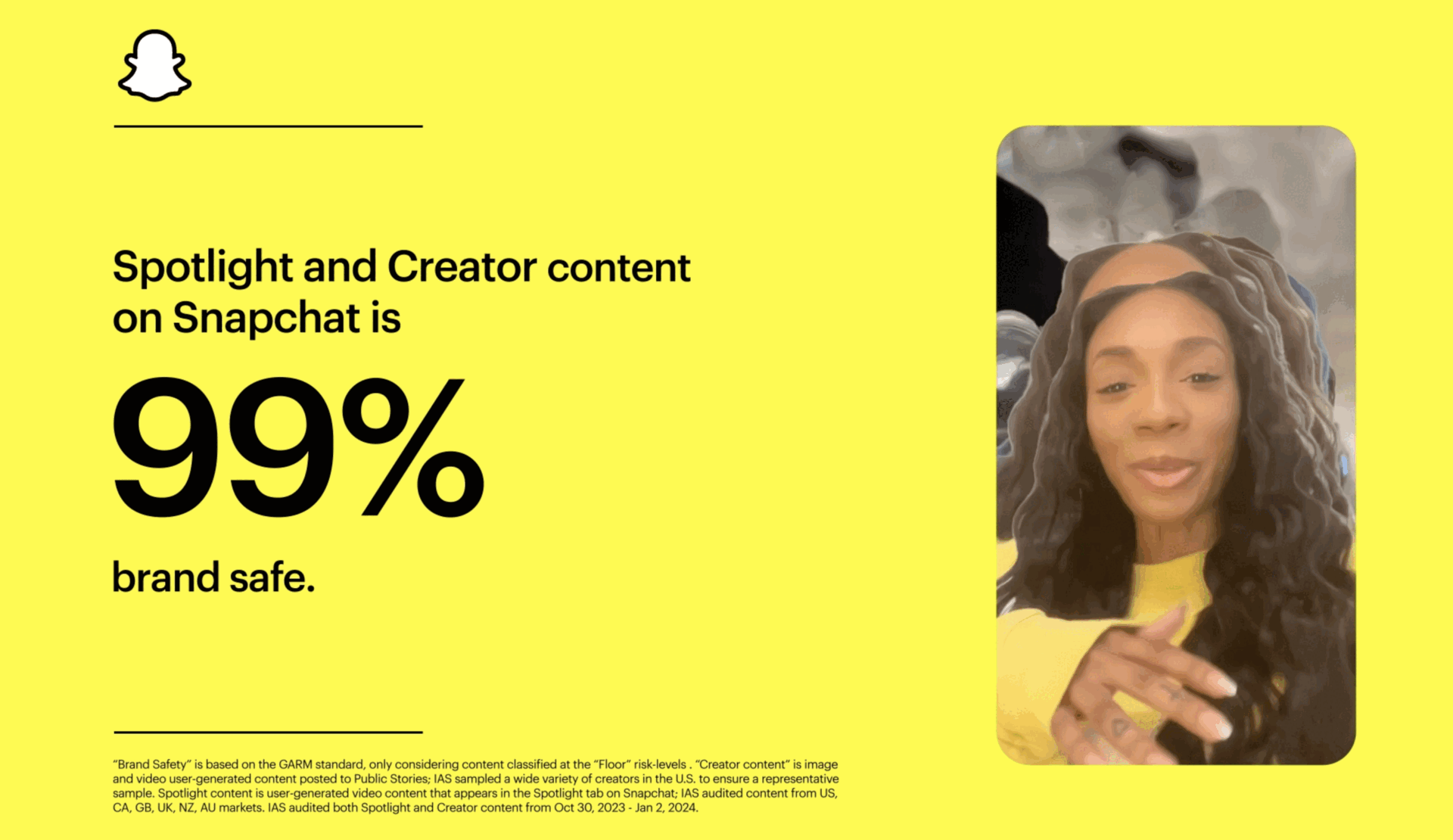Pre-teens driving streaming services growth in the UK, Connected Kids study finds
- Wednesday, October 24th, 2018
- Share this article:
 The gap between teens watching TV on-demand and live has grown significantly, with research from MediaCom showing that pre-teens (aged 8-12) are driving the popularity of streaming services in the UK.
The gap between teens watching TV on-demand and live has grown significantly, with research from MediaCom showing that pre-teens (aged 8-12) are driving the popularity of streaming services in the UK.
In the latest wave of MediaCom’s Connected Kids study, 46 per cent of teenage respondents said they currently watch on-demand TV most often, compared to 38 per cent last year, but pre-teens saw the biggest on-demand increase overall. 34 per cent of pre-teens now watch TV on-demand most often, compared to only 20 per cent in 2017. The 17-19 age range also increased significantly, from 58 per cent last year to 67 per cent this year.
Netflix remains the most-used streaming service for teenagers, 66 per cent of whom now have access to the platform compared to 53 per cent in 2017. Meanwhile, 38 per cent of teenagers can now access Amazon Prime Video, compared to 30 per cent in 2017, and access to NowTV is 20 per cent, up from 17 per cent last year. Only 6 per cent of kids have no access to an on-demand service – a decrease from 10 per cent in last year’s study/
As on-demand viewing increases, so has TV viewing on mobile, with 35 per cent of teenagers regularly watching TV or films on their phones, compared to 21 per cent in 2015. This mirrors increased smartphone ownership among teenagers, with 84 per cent now having access to a smartphone, compared to 82 per cent last year. This number includes 68 per cent of pre-teens.
“The way in which teens view their favourite content online is almost unrecognisable even from five years ago,” said MediaCom UK CEO, Josh Krichefski. “Today’s generation are growing up as ‘on-demand natives’, able to access content whenever, wherever and however they want, and [this] is essential to the popularity of shows such as Stranger Things, Jack Ryan and Game of Thrones. With the likes of NowTV and Amazon Prime Video making real inroads in the on-demand scene and recent news of Netflix taking up 15 per cent of all internet data, it’s no surprise streaming services are ramping up their investment in content quality, quantity and accessibility.”
The research also shows the accessibility of smart assistants and how this technology is becoming engrained into their daily lives. 23 per cent of teenagers have access to a voice-activated device and 55 per cent of those that do, use it daily. 62 per cent of teenagers use these assistants to request music, 51 per cent for searching for information and 42 per cent to check the weather.
Reacting to the report, Marina Koytcheva, vice president, forecasting at CCS Insight said the findings present challenges for broadcasters.
“While the trends of shifting consumption to on-demand and on-mobile are very much present in the adult population too, clearly kids and teens adopt new technologies much faster,” she said. “This will make the life of broadcasters and content aggregators increasingly difficult in the next decade, as they will have to support multiple platforms for distribution to reach both the younger generations who are all-in with the new, and the older generations for whom old habits die hard.”
Also, she said, the findings highlight the need for a responsible approach. “This research highlights once again the super quick adoption by kids and teens of new, intuitive and convenient technology. However, numerous studies show growing addiction to technology and especially smartphones, with young people affected the most. Promoting healthy usage of technology by kids and teens would be the responsible thing for content creators, aggregators and distributors to do.”
And Kristan Bullett, joint managing director at Piksel, said broadcasters need to understand the trends behind the figures. He said: “This research highlights how the viewing habits of the post-millennial audience are changing and why it’s important for broadcasters to have a deep understanding of this shift. The increase in VOD viewing amongst the 8-12 year old demographic means that broadcasters not only have to prioritise the type of content they’re producing, but how suitable their OTT platforms are for this audience. Effective use of data – coupled with a considered content discovery strategy for engaging this new audience – is key to ensuring the right content gets in front of the right audience at the right time, which is crucial in an age of content saturation.”

















